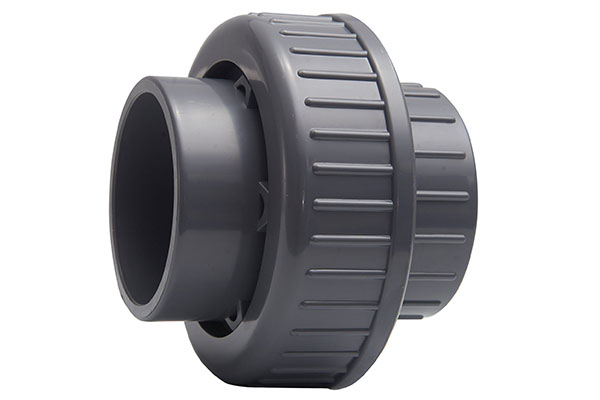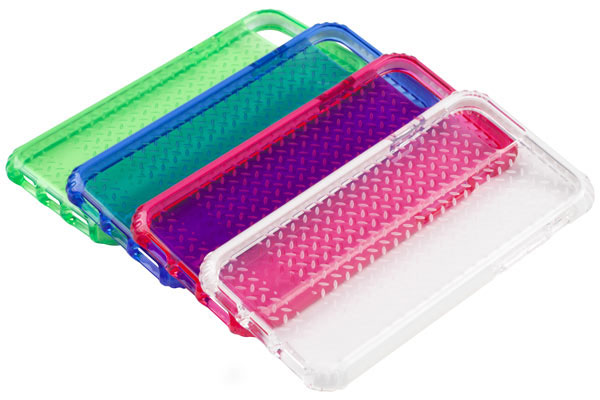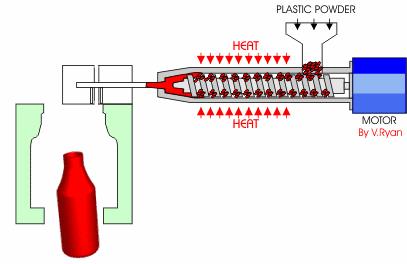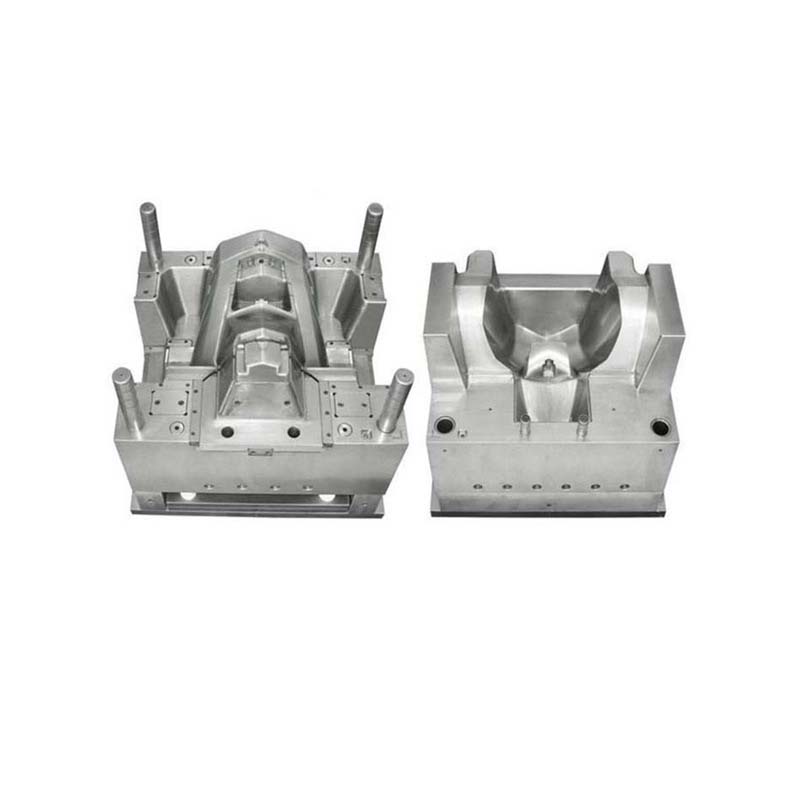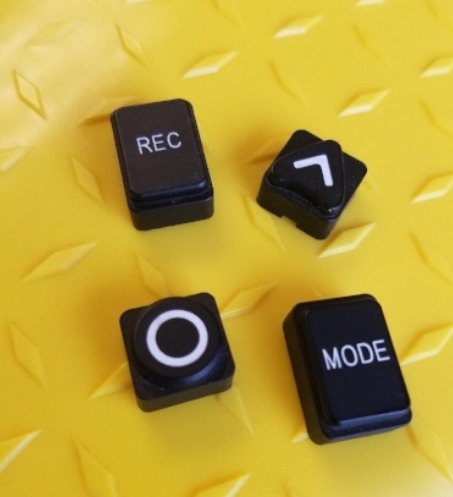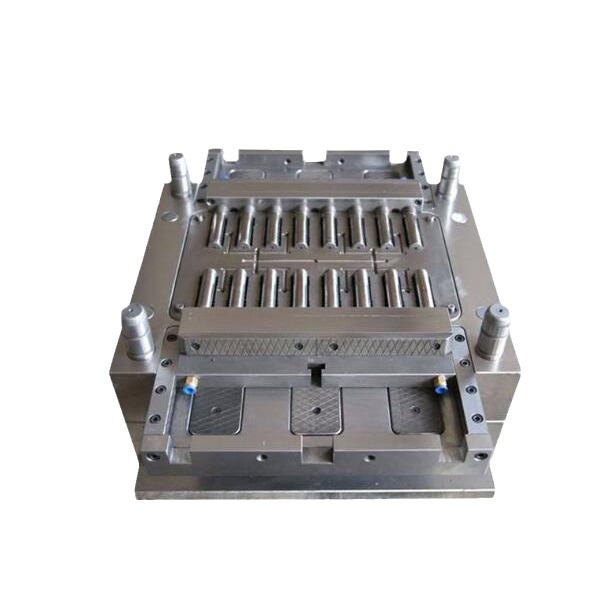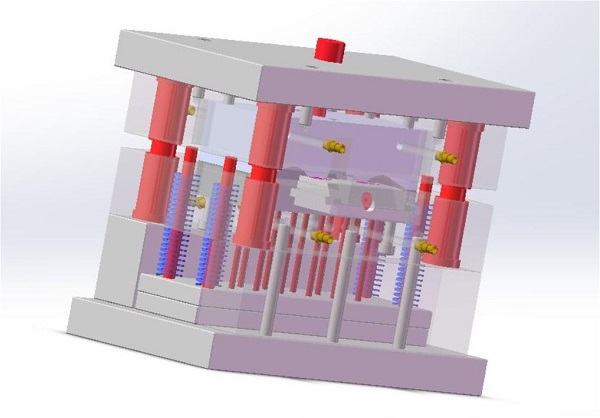Injection molding of engineering plastics is a cornerstone of modern manufacturing, yet it’s riddled with challenges that can derail production, inflate costs, and compromise part quality. From selecting the wrong material for a high-temperature application to struggling with warpage caused by poor mold design, manufacturers often face costly setbacks. Even minor issues like inconsistent cooling times can lead to dimensional inaccuracies, turning a promising project into a frustrating ordeal. This guide addresses these pain points head-on, offering actionable insights into material selection, mold design, process optimization, and more—all tailored to help you achieve reliable, high-quality results with engineering plastics.
Material Selection and Properties: Matching Plastics to Performance Needs
Choosing the right material is the foundation of successful injection molding, and engineering plastics offer a spectrum of properties to meet diverse requirements. Thermoplastics like ABS and polycarbonate are popular for their recyclability and ease of processing, while thermosets provide superior heat resistance, making them ideal for high-temperature applications such as engine components.
Key properties to evaluate include:
- Mechanical properties: Tensile strength and flexural modulus determine a part’s ability to withstand stress without deformation. For structural parts, materials with a flexural modulus above 2,000 MPa are often preferred.
- Thermal properties: Heat deflection temperature (HDT) indicates how well a plastic retains its shape under load. For automotive underhood parts, materials with an HDT of 120°C or higher are critical.
- Chemical resistance: Parts exposed to fuels, oils, or cleaning agents require plastics like PEEK or nylon, which resist degradation.
- Reinforcement: Glass fiber reinforcement can boost impact strength by up to 300%, but it may also increase mold wear, requiring careful consideration of mold materials.
Material compatibility is another critical factor. For example, using a hygroscopic plastic like PET without proper drying can lead to voids and surface defects, while pairing incompatible materials in multi-material molding can cause delamination.
Mold Design and Construction: The Blueprint for Quality
A well-designed mold is essential for consistent, defect-free parts. Mold design principles focus on balancing functionality, cost, and manufacturability, starting with material selection. Tool steels like H13 are favored for their durability in high-volume production, while aluminum molds offer cost savings for low-volume runs.
Mold flow analysis is a game-changer here, simulating how molten plastic fills the mold to identify potential issues like air traps or uneven flow. This analysis informs critical design elements:
- Gate design: Pin gates work well for small parts, while edge gates are better for larger surfaces to ensure uniform filling.
- Runner systems: Hot runners reduce material waste by keeping plastic molten, but they add complexity and cost compared to cold runners.
- Cooling channels: Properly spaced channels (typically 1.5–2 times the channel diameter apart) ensure uniform cooling, reducing cycle time and warpage.
- Venting: Microscopic vents (0.02–0.05 mm deep) prevent air entrapment, which can cause burns or short shots.
Mold maintenance is equally important. Regular cleaning of ejector pins and lubrication of moving parts prevent sticking and extend mold life, which can exceed 1 million cycles with proper care.
Injection Molding Process Parameters: Fine-Tuning for Perfection
Even the best materials and molds will underperform without optimized process parameters. Melt temperature is a starting point—too low, and the plastic won’t flow properly; too high, and it may degrade. For example, ABS typically melts at 220–250°C, while PEEK requires 370–400°C.
Injection pressure and injection speed work in tandem: higher pressures (100–150 MPa) ensure full cavity filling, but excessive speed can cause shear heating and flash. Packing pressure (80–90% of injection pressure) helps compensate for shrinkage, reducing sink marks, while cooling time—often 50–70% of the total cycle time—must be long enough to prevent warpage but short enough to maintain efficiency.
Screw rotation speed affects melting efficiency; a speed of 50–100 rpm is typical for most engineering plastics, though highly filled materials may require slower speeds to avoid glass fiber breakage. Precisely controlling barrel temperature zones (3–5 zones for most machines) ensures uniform melting, while a thorough drying process (e.g., 4 hours at 80°C for nylon) eliminates moisture-related defects.
Quality Control and Defects: Identifying and Solving Common Issues
Maintaining quality assurance requires a proactive approach to defect identification and prevention. Common issues include:
| Defect | Cause | Solution |
| Warpage | Uneven cooling or residual stress | Optimize cooling channel layout; adjust packing pressure. |
| Sink marks | Inadequate packing or thick sections | Increase packing time; redesign with uniform wall thickness. |
| Short shots | Insufficient flow or pressure | Raise melt temperature; increase injection speed. |
| Flash | Excessive pressure or worn mold seals | Reduce injection pressure; replace worn components. |
Statistical process control (SPC) uses real-time data (e.g., cycle time variations, dimensional measurements) to detect trends before defects occur, ensuring consistent quality. Regular checks of dimensional accuracy with coordinate measuring machines (CMMs) further validate part integrity.
Applications and Case Studies: Engineering Plastics in Action
Engineering plastics excel across industries, offering lightweight, cost-effective alternatives to metal:
- Automotive components: Nylon 6/6 with 30% glass fiber replaces metal in intake manifolds, reducing weight by 40% while withstanding engine temperatures.
- Electronics housings: ABS+PC blends provide impact resistance and EMI shielding, critical for smartphones and laptops.
- Medical devices: PEEK’s biocompatibility and sterilization resistance make it ideal for surgical instruments.
- Aerospace applications: PPS components in aircraft interiors meet strict flame, smoke, and toxicity standards.
A notable case study involves a consumer goods manufacturer switching from acetal to glass-filled POM for a gear application, reducing wear by 60% and extending product lifespan from 10,000 to 50,000 cycles.
Advanced Technologies and Innovations: The Future of Injection Molding
Innovations are transforming the field, driven by Industry 4.0. Smart molding integrates advanced sensors to monitor melt pressure, temperature, and flow in real time, while automation streamlines post-processing (e.g., trimming, assembly) for 24/7 production.
Multi-material molding combines rigid and flexible plastics in a single cycle, enabling complex parts like ergonomic tool handles. Micro injection molding produces components as small as 0.1 grams (e.g., micro gears for watches) with tolerances of ±0.001 mm, while 3D printing of molds reduces prototyping lead times from weeks to days.
In-mold decoration (IMD) applies graphics or textures during molding, eliminating secondary painting or labeling steps, saving time and reducing waste. These technologies not only improve efficiency but also open new design possibilities, from lightweight structures to custom finishes.
Yigu Technology’s Perspective
As a leading custom manufacturing supplier in China, Yigu Technology understands the nuances of injection molding engineering plastics. We leverage advanced mold flow analysis and SPC to ensure precision, whether producing automotive parts or medical devices. Our expertise in material selection—from glass-filled thermoplastics to high-performance PEEK—ensures each project meets functional requirements while optimizing cost and lead time. By integrating smart molding technologies and automation, we deliver consistent quality at scale, partnering with clients to solve complex challenges and turn innovative designs into reality.
FAQs
- What’s the difference between thermoplastics and thermosets in injection molding?
Thermoplastics melt when heated and solidify when cooled, allowing for recycling and reprocessing. Thermosets cure during molding (via heat or chemicals) and cannot be remelted, offering superior heat and chemical resistance.
- How can I reduce cycle time in injection molding?
Optimize cooling time by improving cooling channel design; use higher melt temperatures to reduce flow resistance; and minimize packing time while maintaining part integrity.
- Which engineering plastic is best for high-impact applications?
ABS (acrylonitrile butadiene styrene) offers excellent impact strength for consumer goods, while polycarbonate (PC) excels in high-impact, transparent applications like safety glasses. For extreme conditions, PEEK provides exceptional impact resistance at high temperatures.
